By Joseph "Skull Vault" Walter
I had played the first one briefly as a kid at a friend's house, and while our playtime was brief, he was keen on showing me Doom Guy's malicious grin upon acquiring a shotgun, which stuck with me for years (along with us replacing the wall textures of the classic Windows 3D Maze screensaver with "tomatoes," otherwise known as Cacodemons.)
The only other person I knew who had it was my best friend, Michael, but we never played it because it was absolutely terrifying to him (no surprise there!)
When it came to DOOM II, my family ended up getting a copy for Christmas, but since gory first-person shooters were kind of a no-go in my house, I was only able to play the first level a couple of times with my Dad. Heck, I even gave DOOM 3's demo a very brief try in about 2005, but it was too scary for an innocent 8th Grader such as myself (perhaps this was karmic justice for roasting Michael and his fear of clowns for years?)
Many moons later, I finally decided to get "knee deep in the dead," purchasing DOOM I and II on the Xbox Arcade, and then following up with DOOM 64 a year or two later.
All three were awesome. DOOM the first, in particular, easily stands out as one of the best games of all time, with an intuitive design that's immediately understandable and immensely satisfying.
Then came DOOM 2016.
I was excited to see a game that boldly embraced an old-school mindset, cleanly breaking from what had become the modern-day standard of the genre.
With bated breath, my Tomato-wallpaper-painting pal, along with myself, giddily rented the DOOM's triumphant return... and we hated it.
Too imprecise, grating music, lack of a genuine visceral crunch, hollow-feeling guns and movement, and a general sense of floatiness turned us off to the experience, and we went back to tearing through DOOM I's co-op to wash the taste out of our mouths.
This time around, I loved it. I played obsessively, seeking out every secret and bit of lore I could find, and relishing in the increasingly frenzied combat. While my initial complaints regarding a lack of a sense of weight and impact still stood strong (for the most part), I finally understood what the game was about, and thoroughly enjoyed it.... at least for a while.
About three quarters of the way through, DOOM 2016 started to make my stomach churn. Even now, as I type this overly-long article, I'm feeling uneasy.
As weird as this sounds, DOOM 2016 started to weigh on my soul.
The source of this growing discomfort wasn't the incessant violence, sensory overload or gruesome demons, though the combination of the three may have played a part. No, the actual core to my increasing anxiety wasthe game's story. Yes, a DOOM game's story, of all things, started to freak me out.
At first, I was legitimately laughing out loud. As you go through the ruined halls of the UAC compounds, you see holograms of cheerful corporate spokespersons singing the praises of the company, but there's always an ironic edge to it.
Things like "look around you; these happy faces don't lie! Life at the UAC is one filled with endless joy!" while the floor is littered with piles of butchered corpses, or how, after a particularly inspiring speech about the importance and meaning of even the smallest tasks, the Spokesman ends with something like "and remember, the Council of the Forgotten Ones is always watching. You have been warned."
But as the game went on, things became... more grim.
The macabre and disturbing imagery of torture, sacrifice, and God knows what else, coupled with the increasingly threatening holograms and heartless entries from the "employee handbook" made me realize just how real this whole thing really is.
It may have been presented as a joke at first, but it really dawned on me that the subjects the game is so violently skewering are how our world actually is. How greed and corruption permeates our governments and societies in a way that feels almost irremovable. How relentless capitalism cares about absolutely nothing else but squeezing as much power and profit as they possibly can out of everything, regardless of irreversible consequences (think the environment, human life and value, etc.), or how corporations don't genuinely give a single damn about their employees, barely treating as anything more than expendable slaves while fully expecting theme to give their all for a meaningless cause without a second thought.
All of this filled with me hopelessness and despair, to the point where not even tearing literal demons limb-from-limb with my bear hands could make me feel better.
Of course, I was already aware of these awful cancers that make our reality a genuinely sick place, but for whatever reason, the way DOOM 2016 presented its nihilistic viewpoint of the subject matter was extremely... impactful... unlike its action and gunplay. Go figure.
(Editor's Note: yeah, I realize this essay abruptly ends right as it's getting to the meat of the subject, but I felt so bad revisiting these thoughts that I really didn't want to elaborate on them any further. It's lame, I know, but it probably ends up doing a better job of explaining how much Doom 2016 scared me more than anything I could have written.)
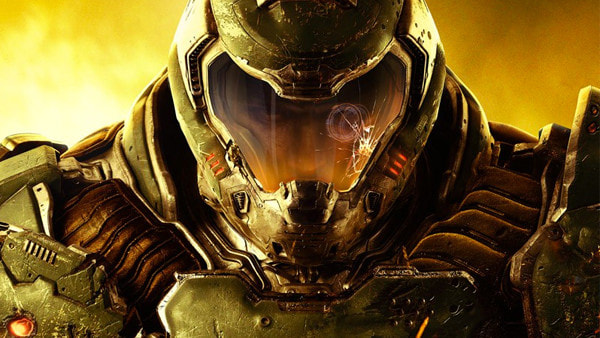
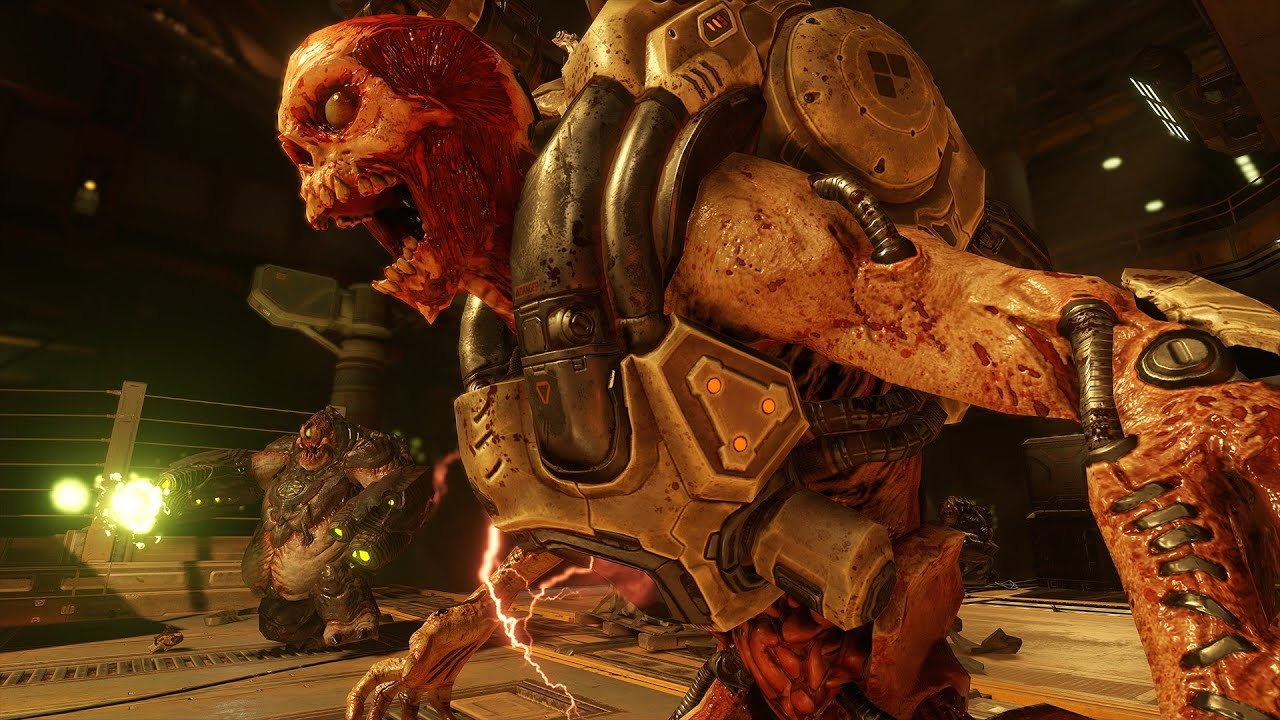
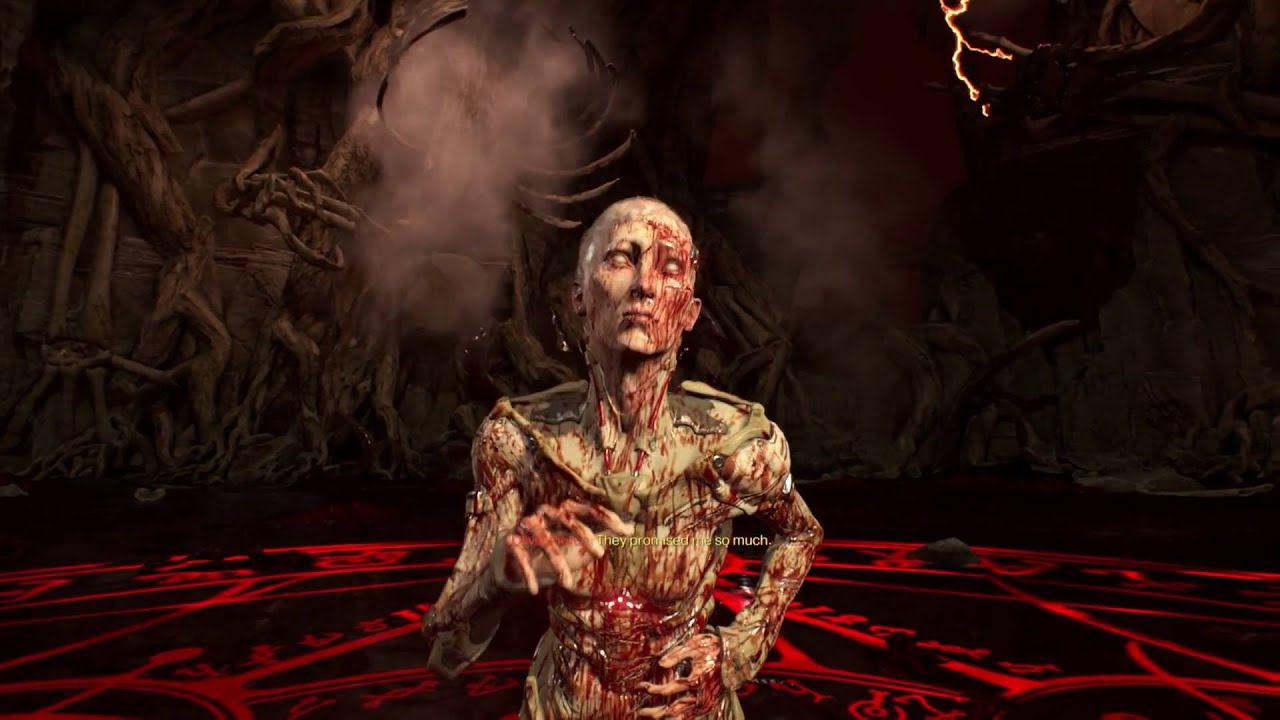
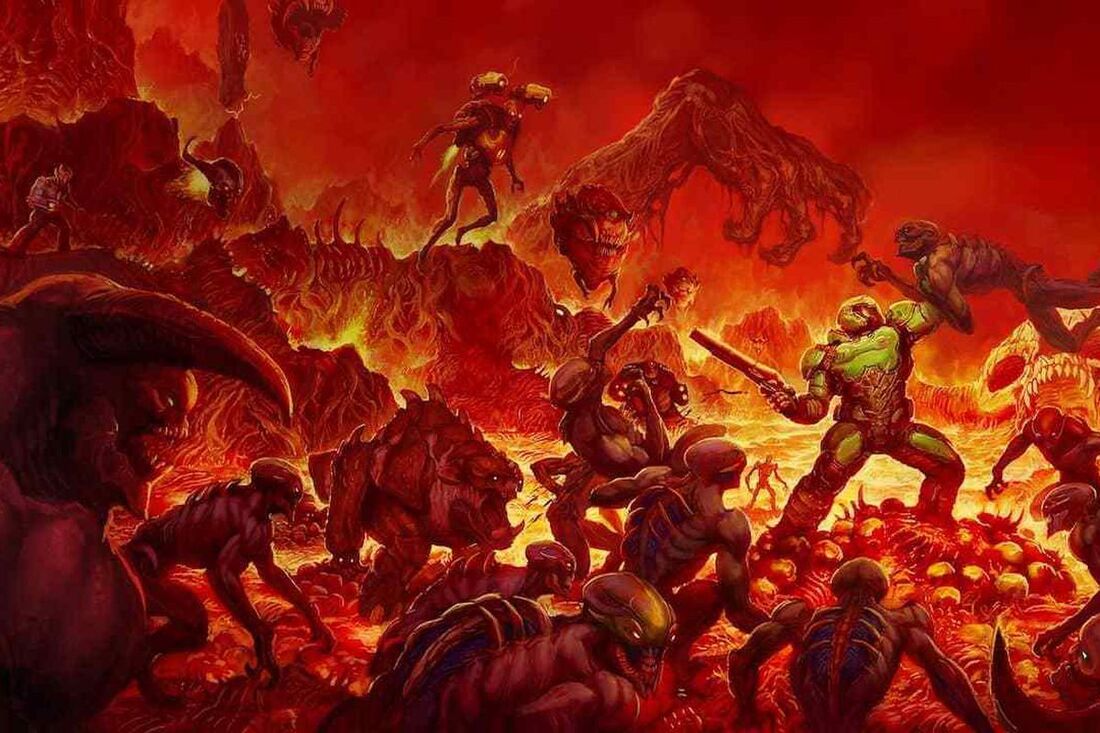
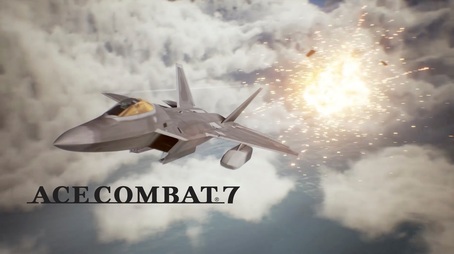
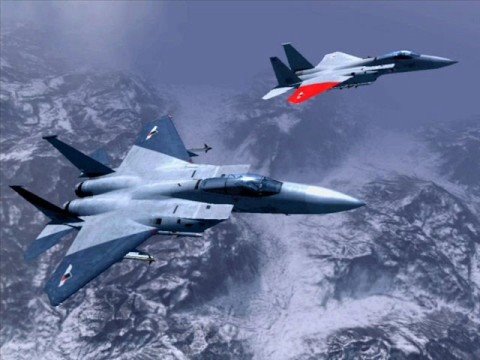
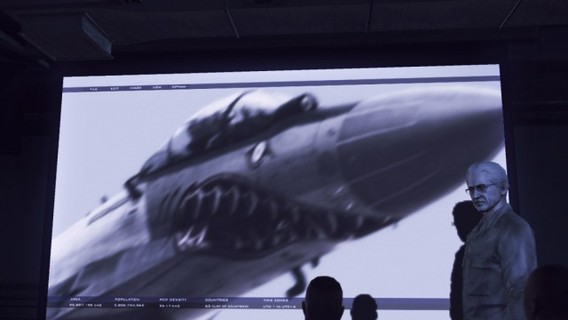
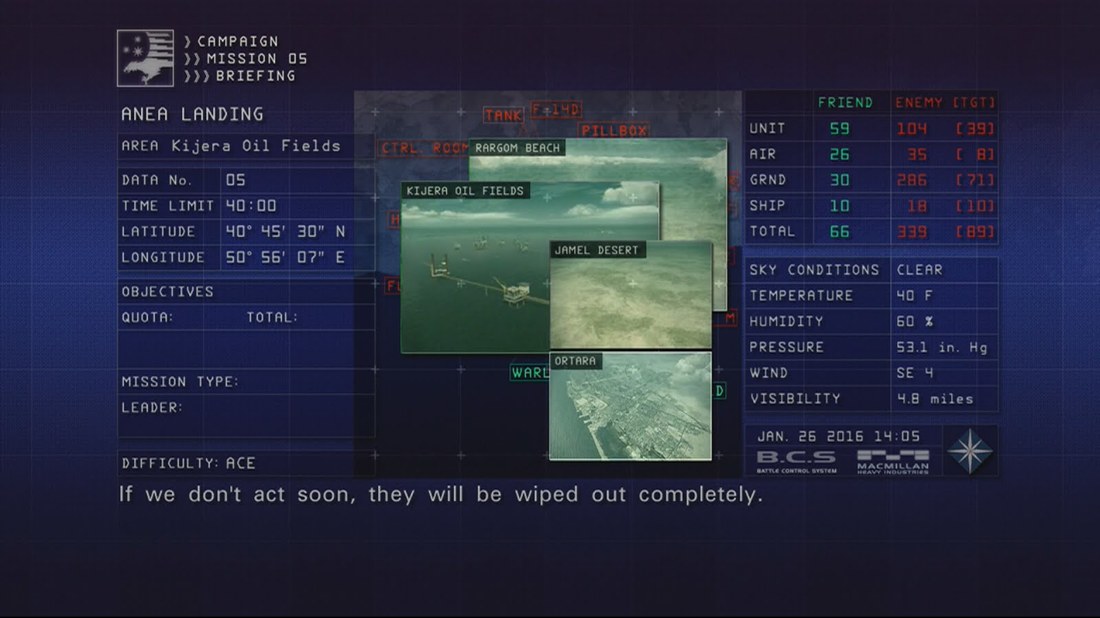
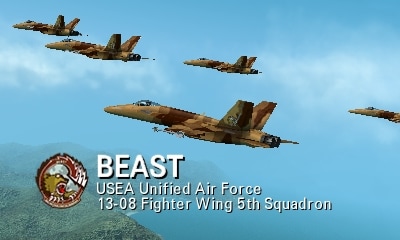
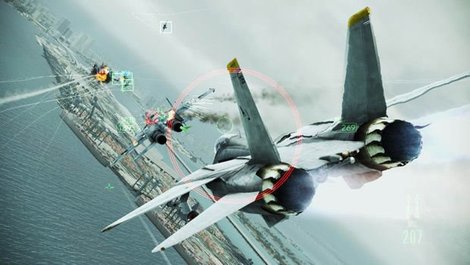
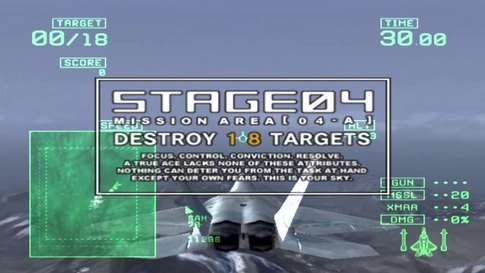
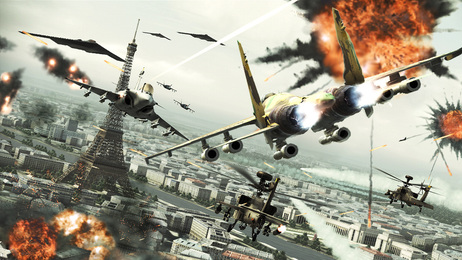
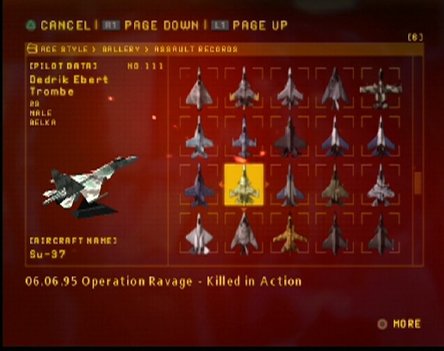
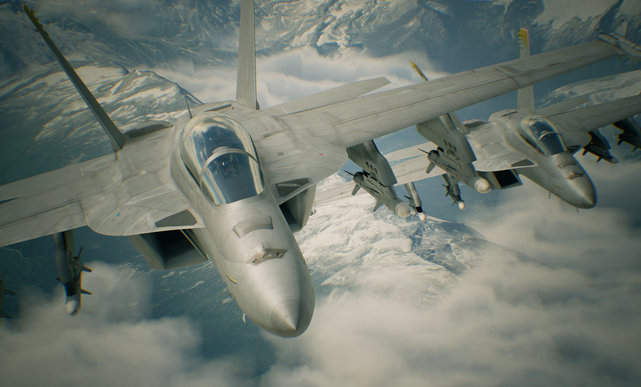
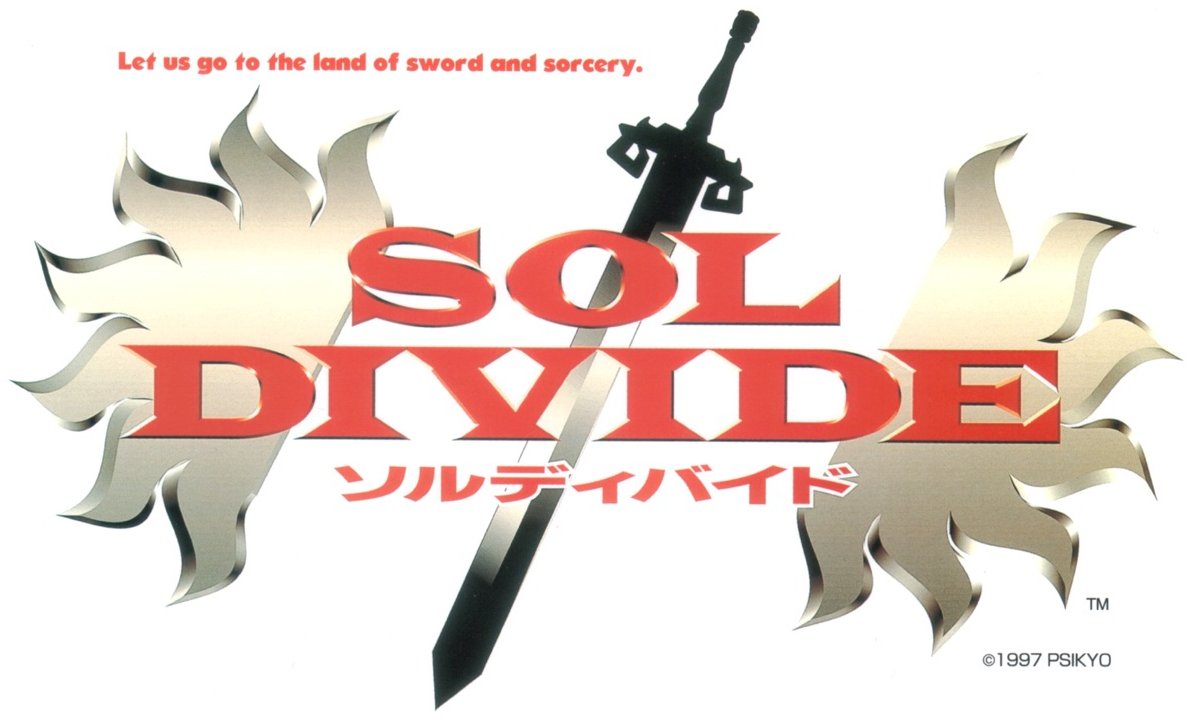
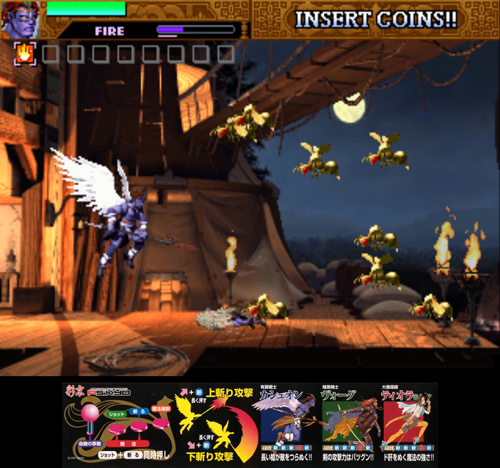
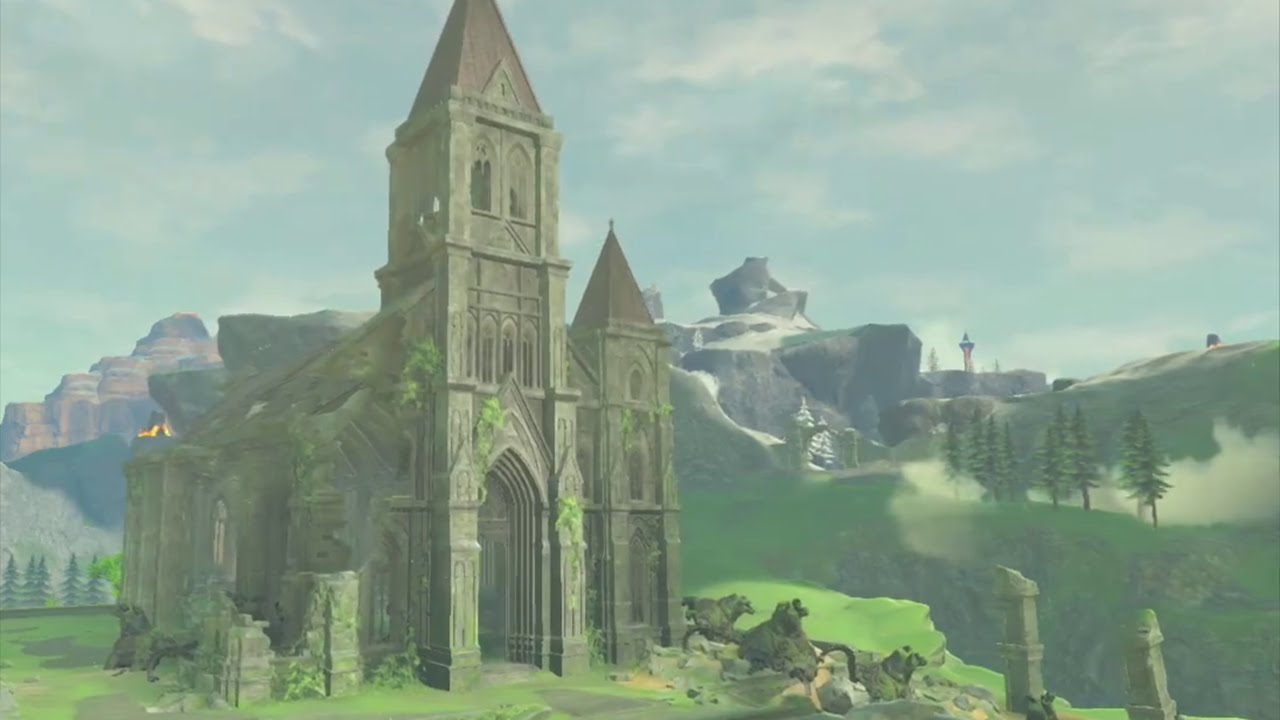
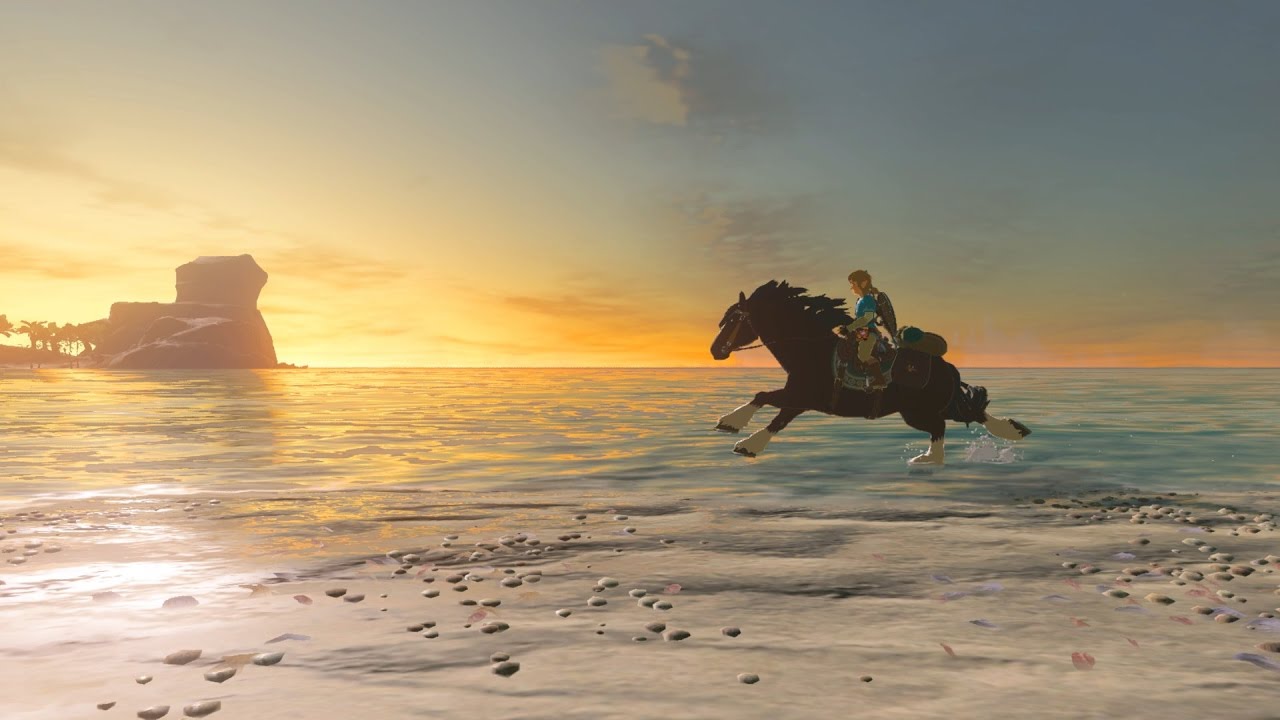
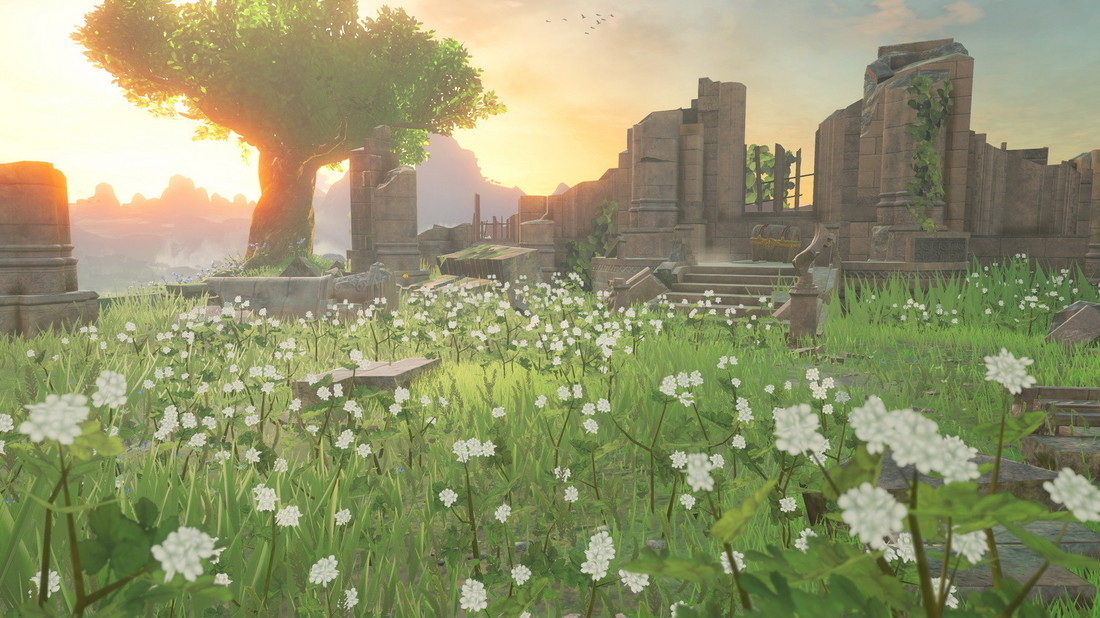
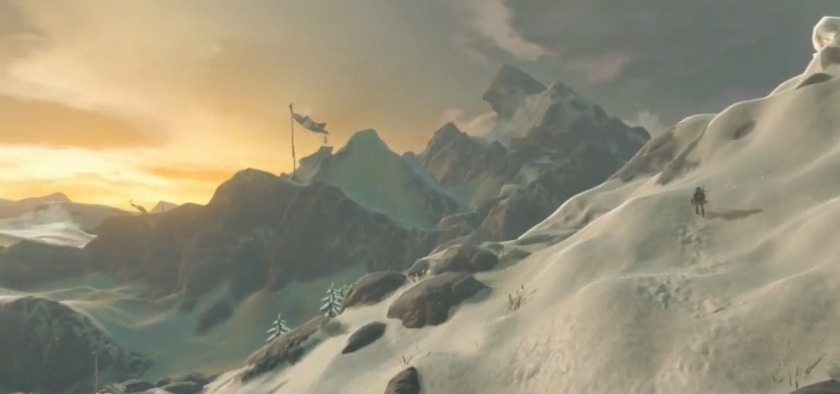
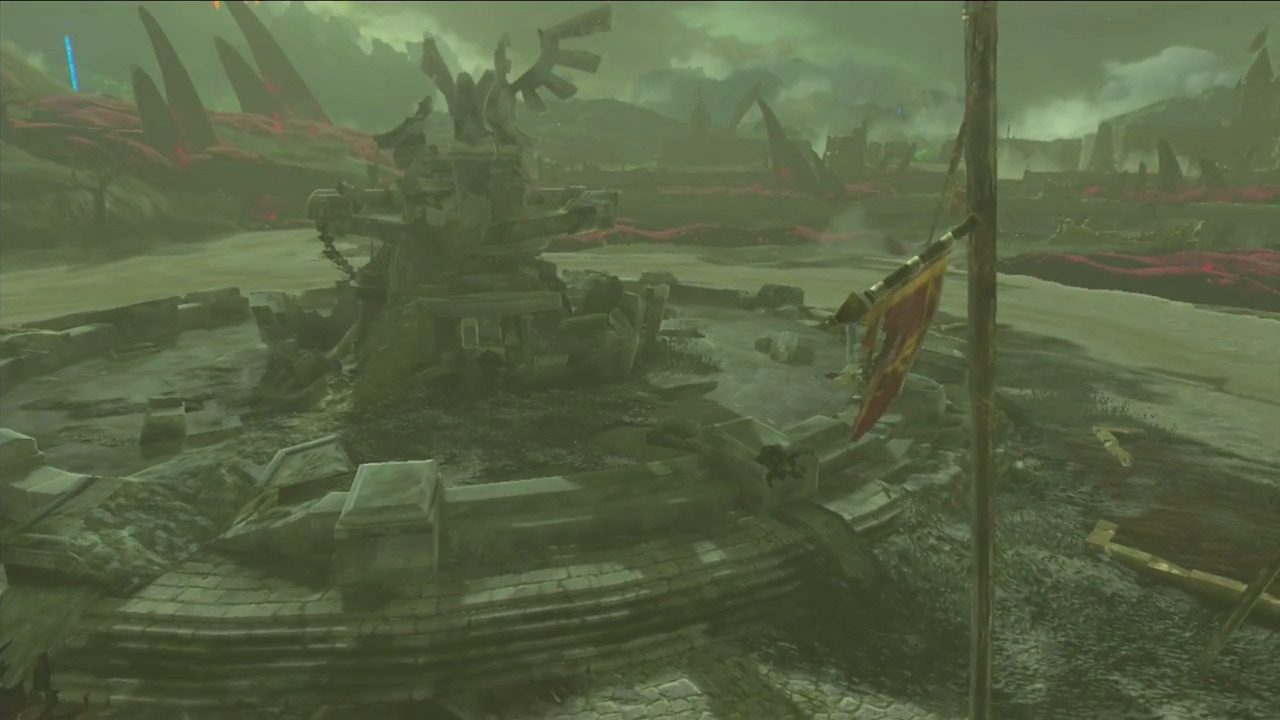
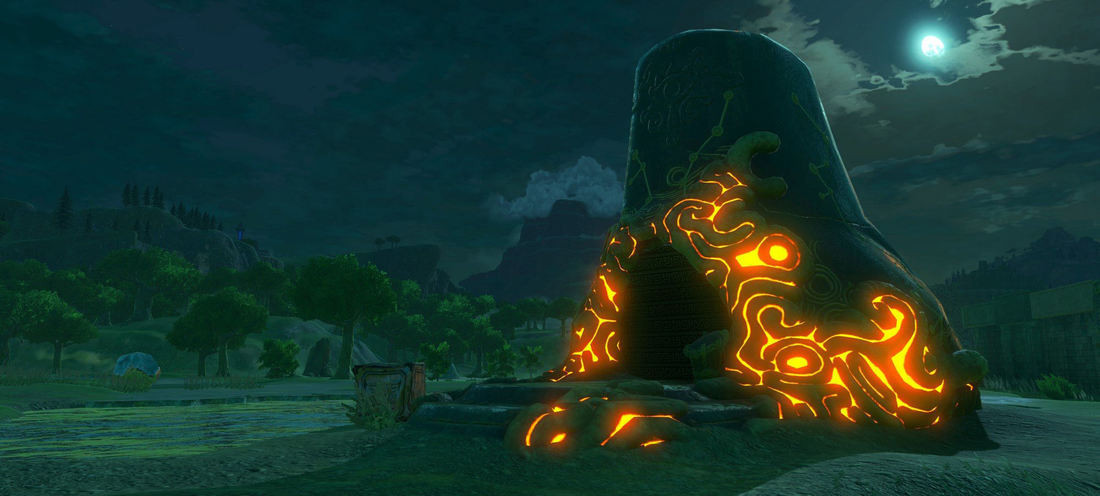
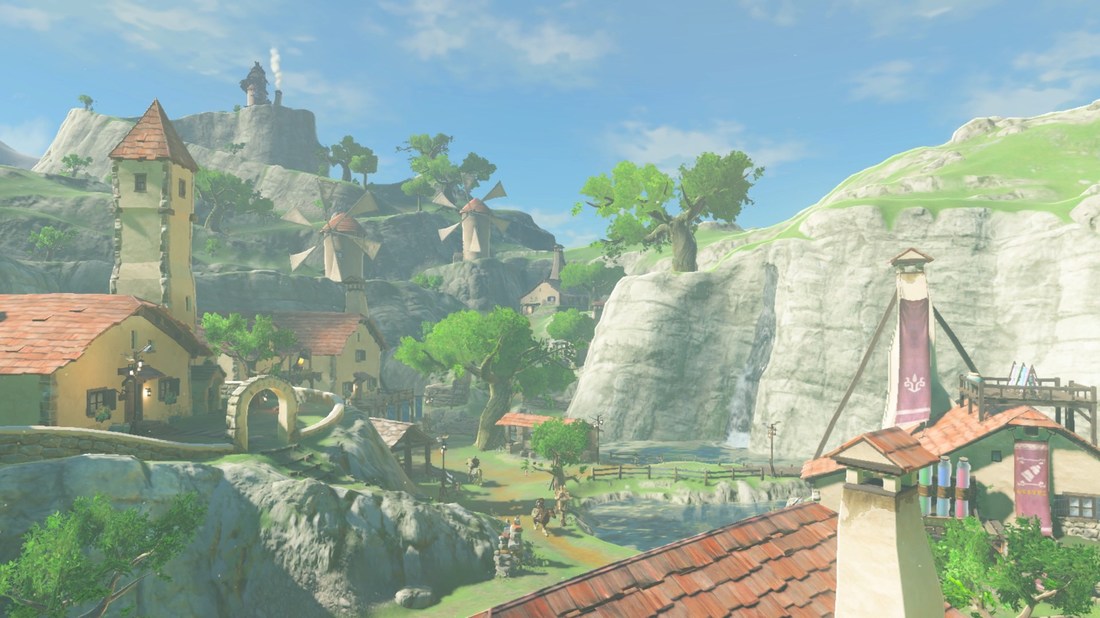
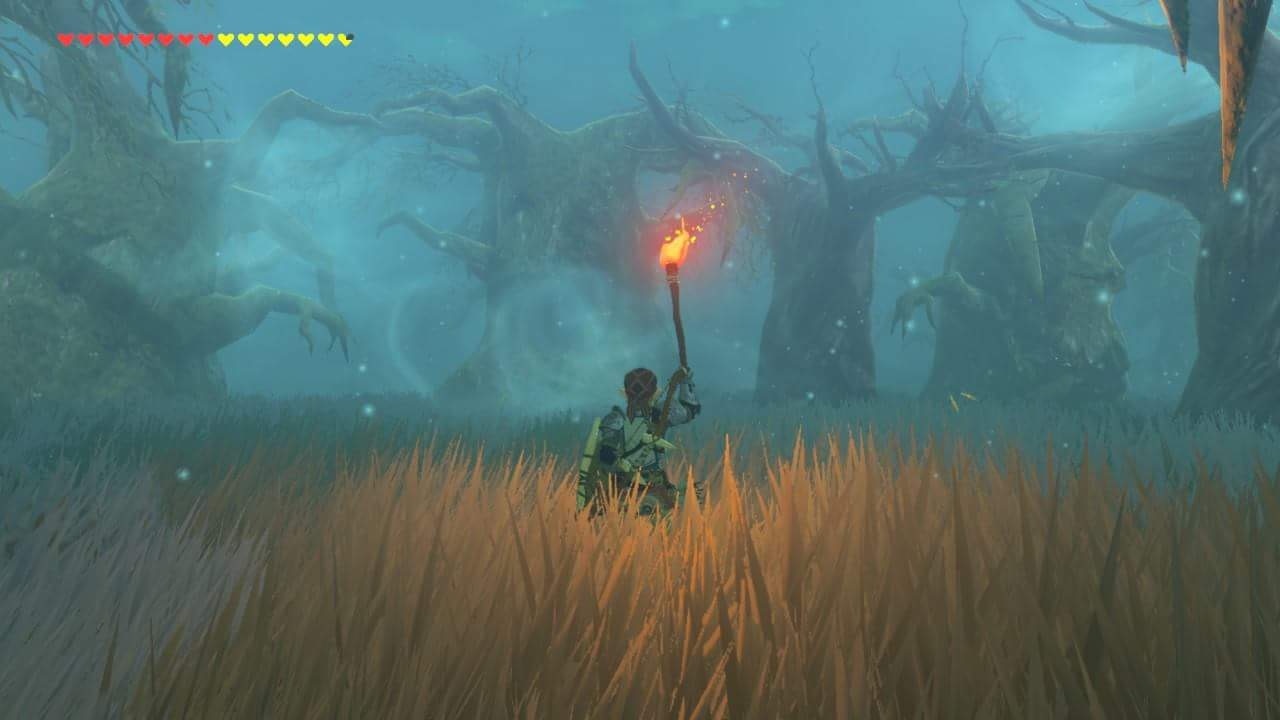
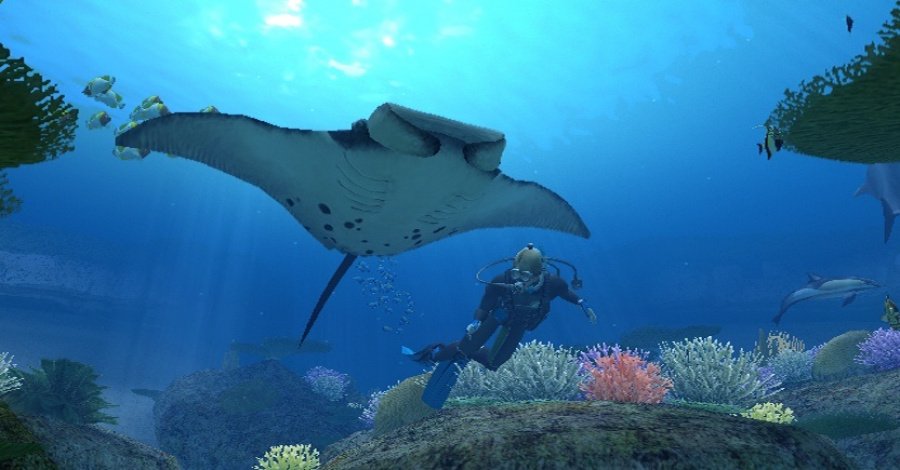
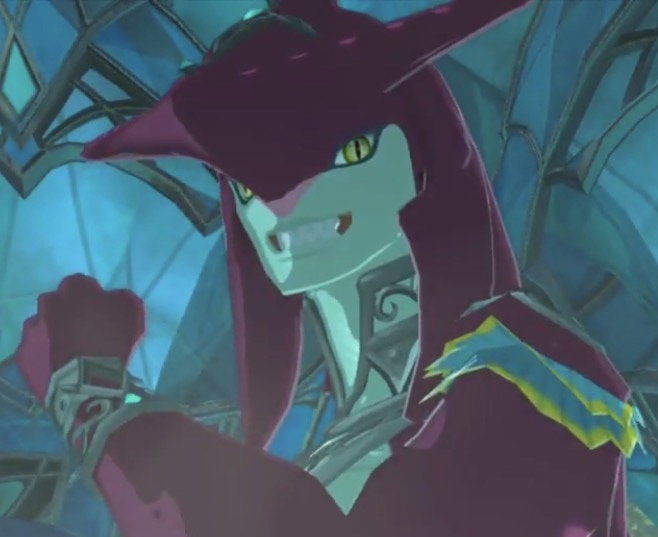
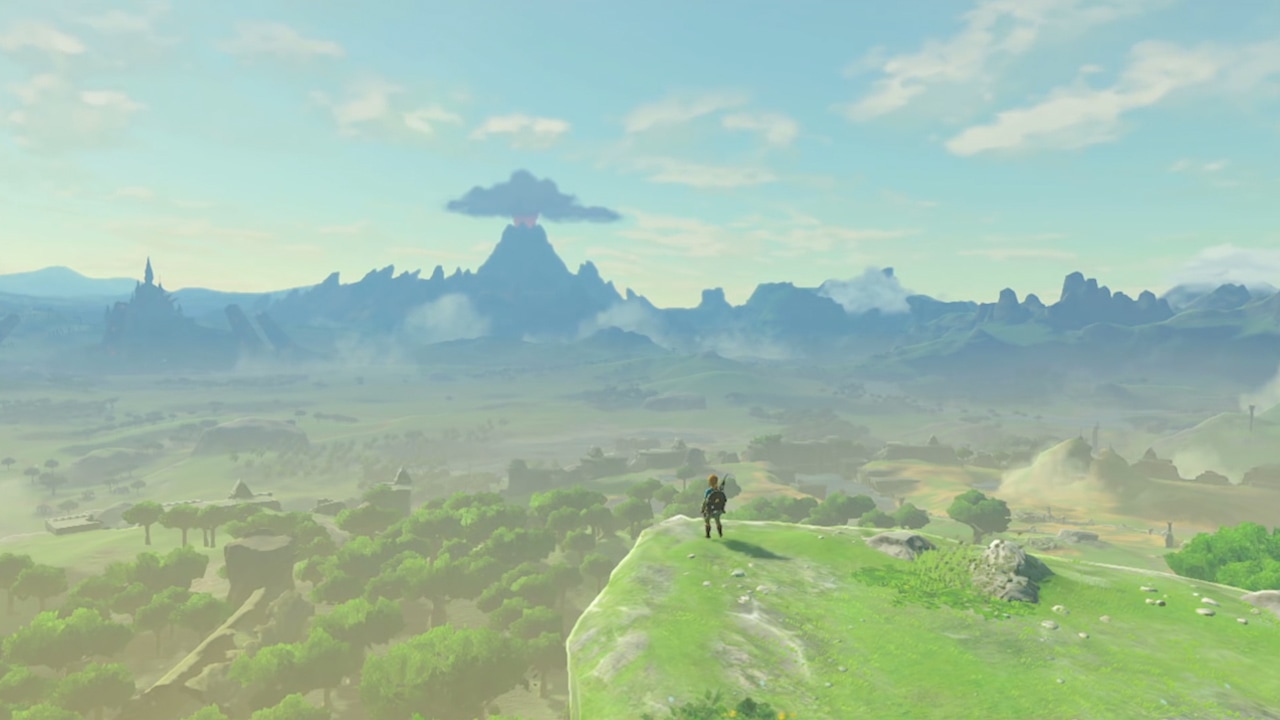
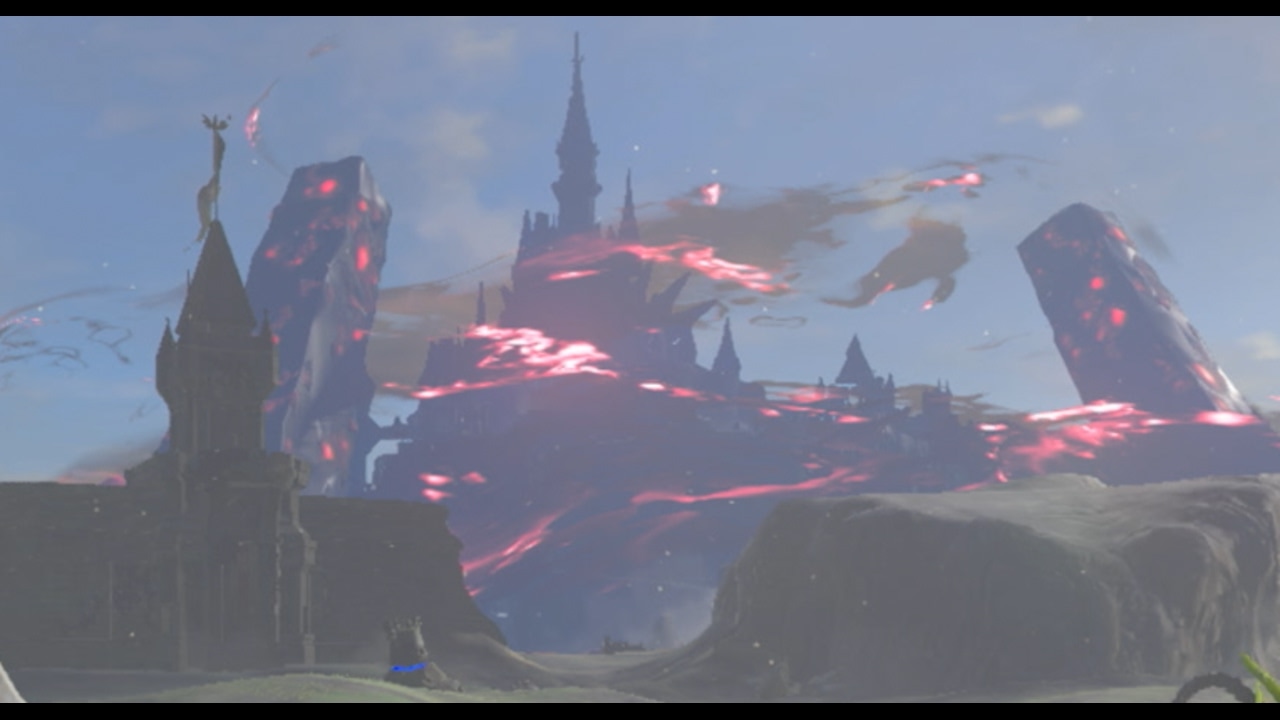
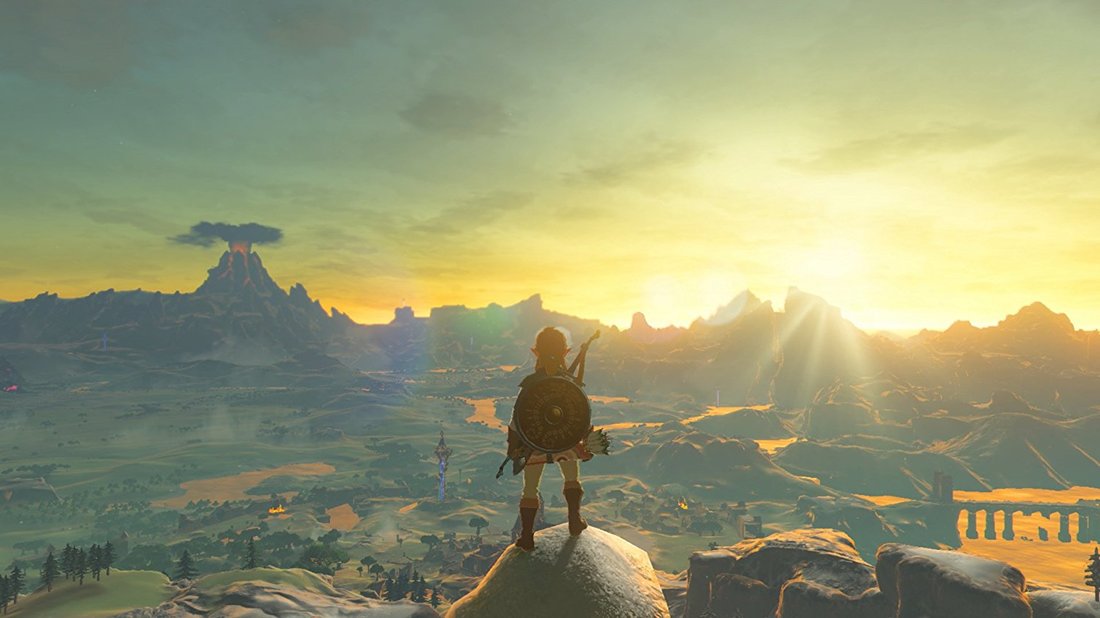
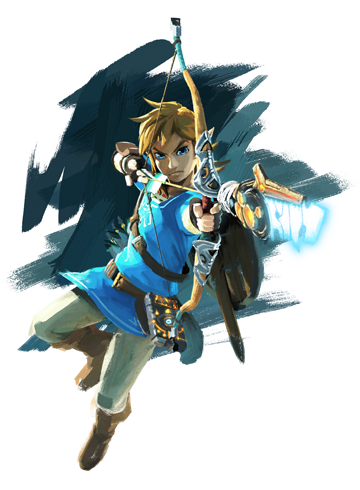
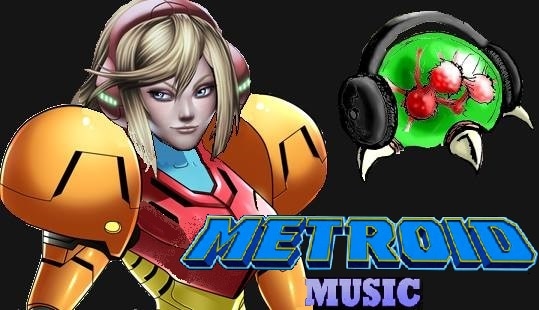
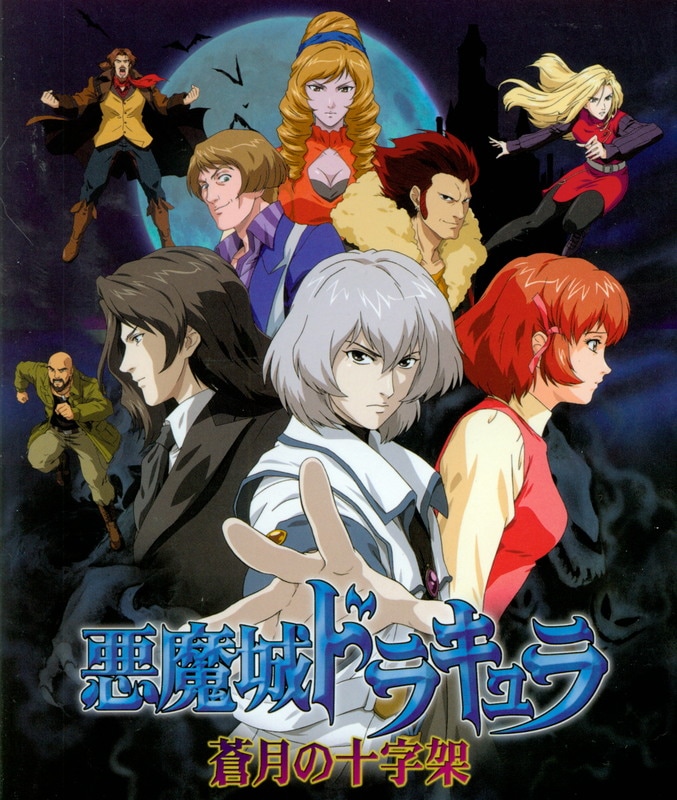
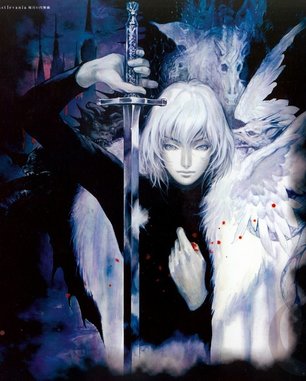
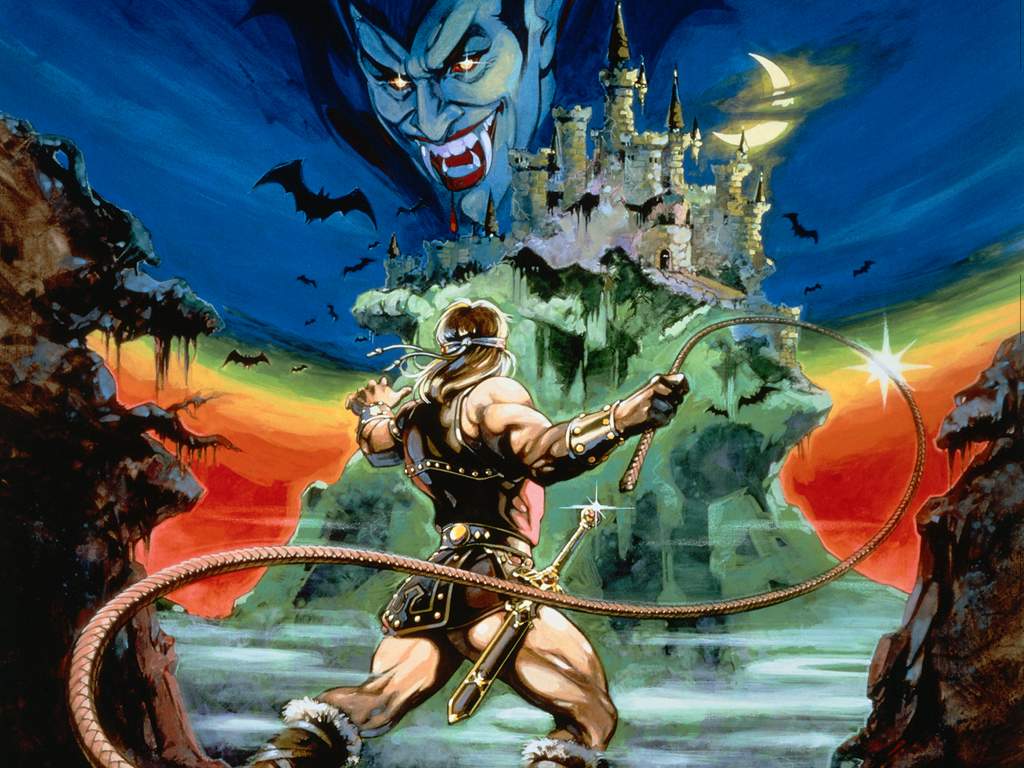
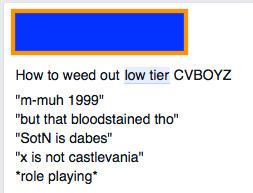



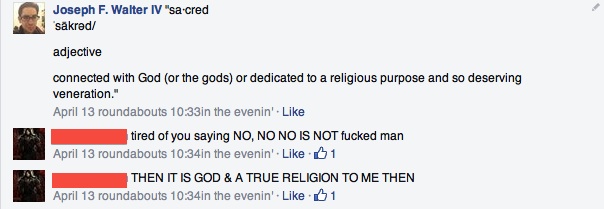


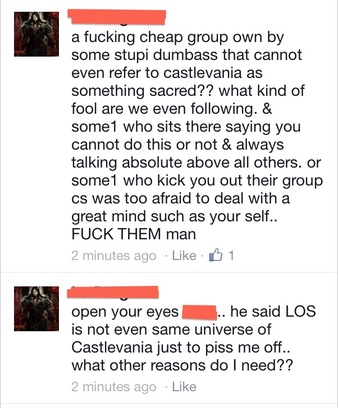

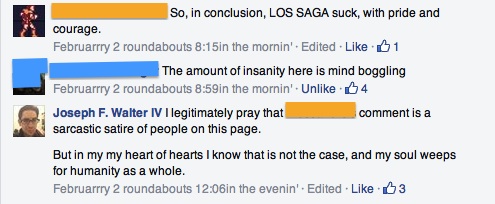
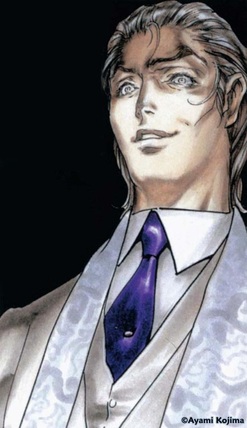
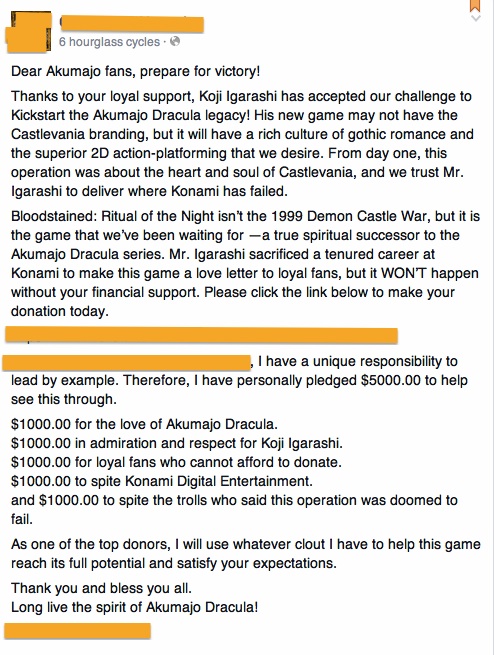
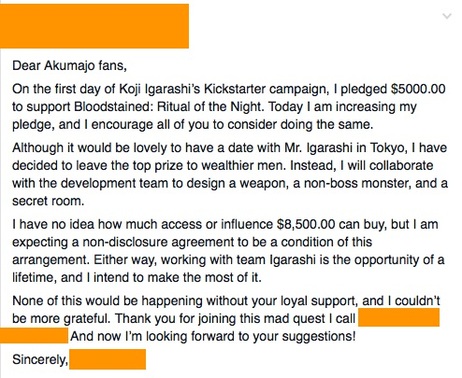
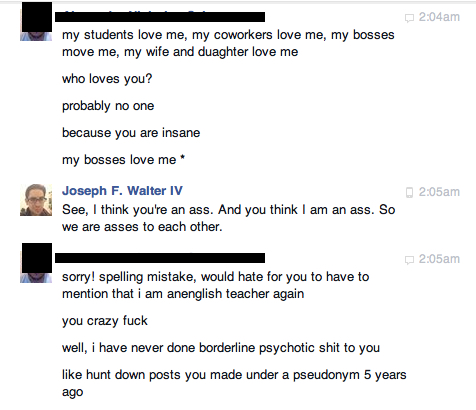
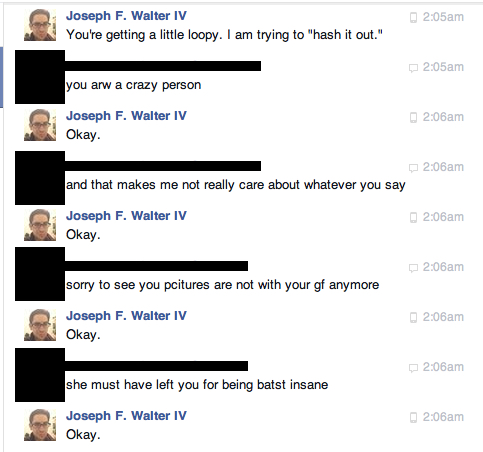

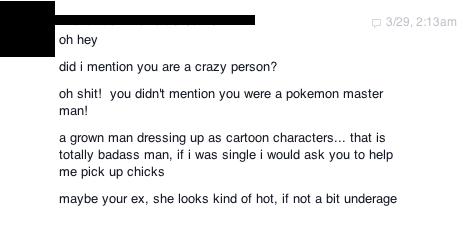
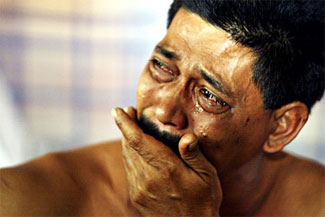
 RSS Feed
RSS Feed
